All materials will have a history, the pros and cons of which will need to be weighed. Unfortunately there isn’t always an obvious right or wrong answer as to whether or not something is a sustainable material. The design of your home, where you live and your lifestyle are all factors that determine what the most ecologically responsible products are.
Roofing for example: a metal roof has a high embodied energy (meaning energy spent to extract and produce it), however, there are no health effects for home occupants. A metal roof is extremely durable, has a long lifespan and it will be 100% recyclable at the end of its life.
This is the kind of thought process you will need to go through to determine what exactly constitutes a sustainable product. While there will often be materials that can be singled out as causing more harm than good, many have pros and cons that need to be weighed, and there isn't always one 'right' product than stands above the others. As a wise frog once said, it's not easy being green.
New and recycled building materials:
- Cost: First of all you need to determine whether or not you can afford a particular product. If you've made it this far it means you are looking for the greener options, but we all need to be realistic. If you blow your budget on one green feature you might be cutting corners in the future that have greater impacts.
- Origin: Where does it come from and was it managed and harvested sustainably?
- Lifespan: How long before this product will need to be replaced?
- Impact on human health: Homes can be a toxic stew of glues, VOC’s, formaldehyde and other contaminants that aggravate and cause serious respiratory illnesses and other health effects. Many toxins can easily be avoided with time spent on research and product selection. For more information, see our pages on interior air quality.
- Does it contain recycled content and is it recyclable at the end of its life: Purchasing products with recycled content saves natural resources. Purchasing products that are recyclable at the end of their life will help save resources in the future. Some products are 100% recyclable, some not at all.
- Green certification: Certified products can help you avoid ‘greenwashing’ and increase the market share for efficient and environmentally responsible products. Through economies of scale, consumer demand makes these options more accessible and affordable.

RONA for example is a Canadian-owned company that has made a commitment to offer only FSC (Forest Stewardship Council) wood products, a major move to bring responsibly harvested products to the mainstream marketplace.
Wood carrying the FSC logo has passed a 3rd party independent assesment, and has been harvested from a sustainably managed forest.
But the most sustainable building materials you’ll find, are the ones that have been used before. There are businesses that specialize in reclaimed materials by purchasing their stock from old buildings being torn down. Light fixtures, bathtubs, bricks, tiles, barn boards, trim, doors, foam panels, the list is endless.
You can also check out local classified websites for materials, you’ll often get them cheap or for free, as people are generally happy to see their waste get used, and to get rid of stuff without paying dumping fees.
If you see a renovation going on, check in with the contractor or owner about reclaiming some of their more useful waste. And remember to get this stuff early, check the dimensions to make sure you can make it fit, and that you have the quantities you need. Taking this route means you can’t whip out to the store and top up your supplies if you run short.


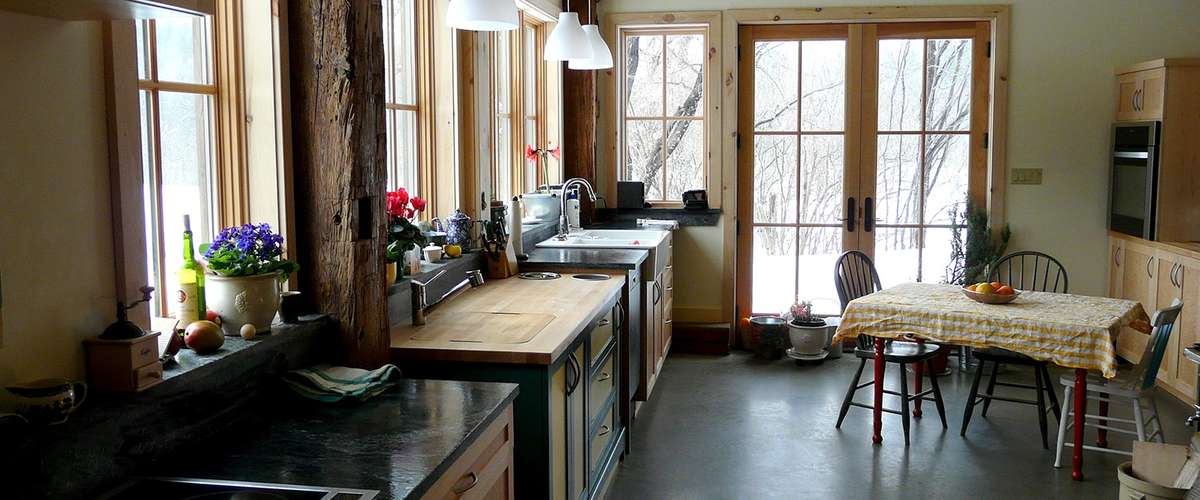













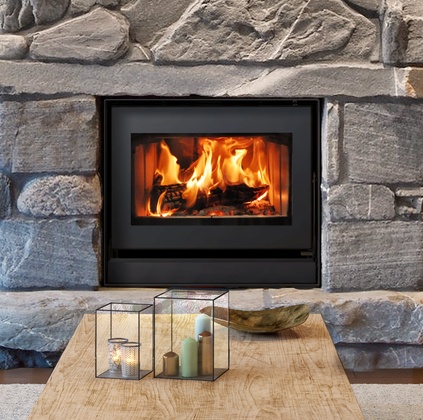



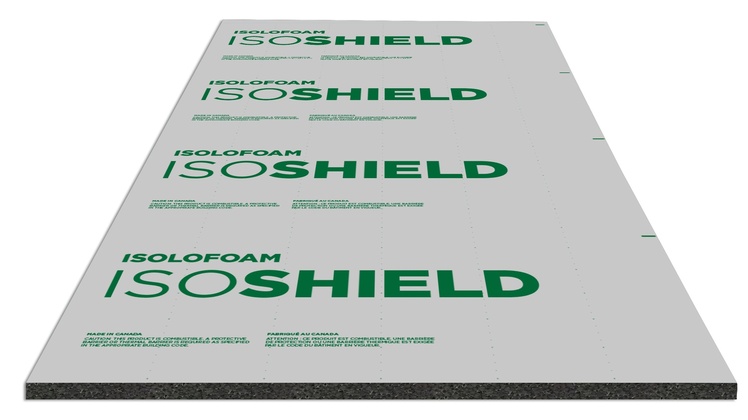
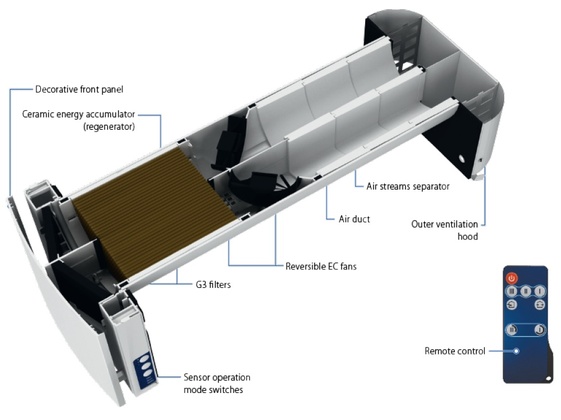




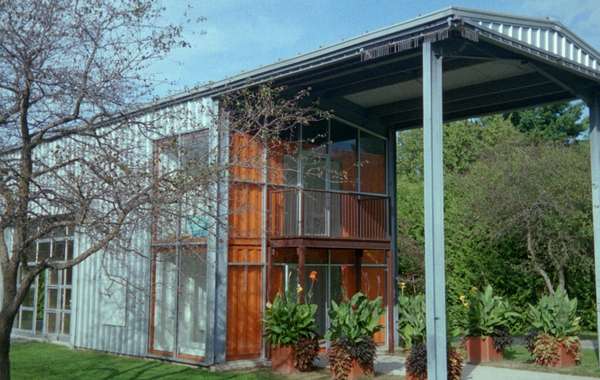
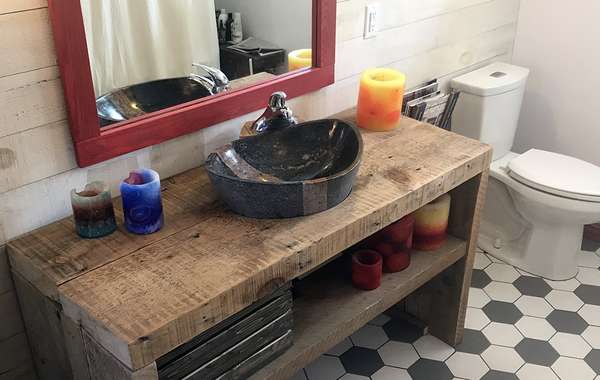

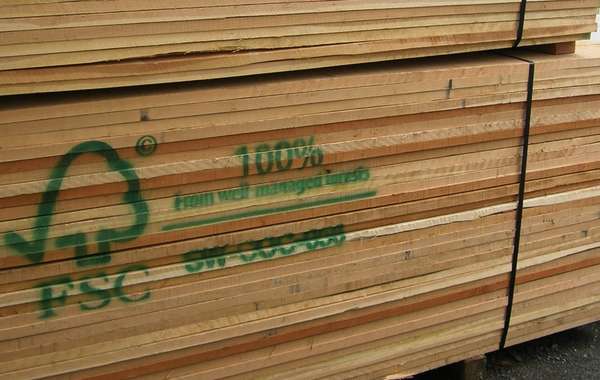
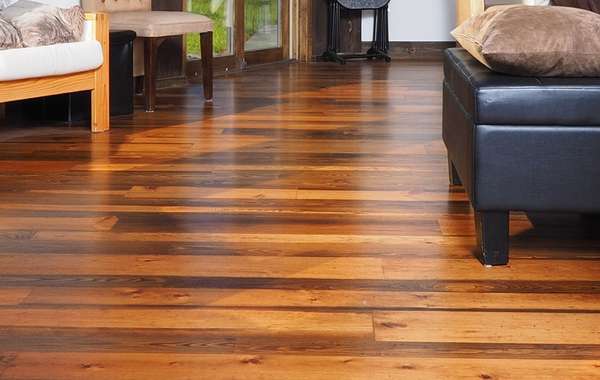
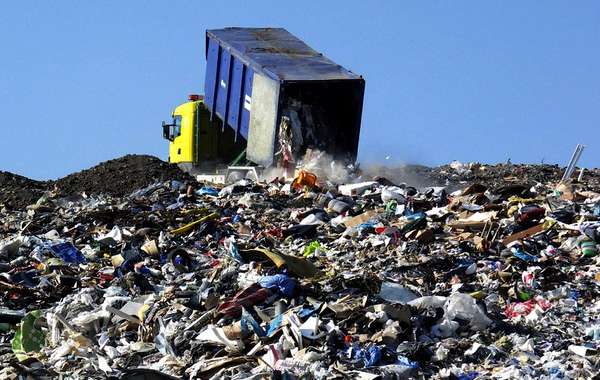

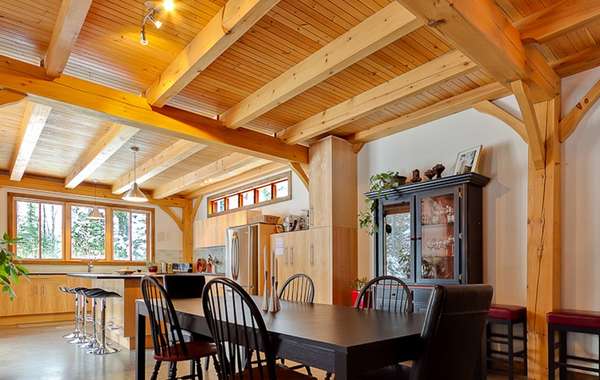
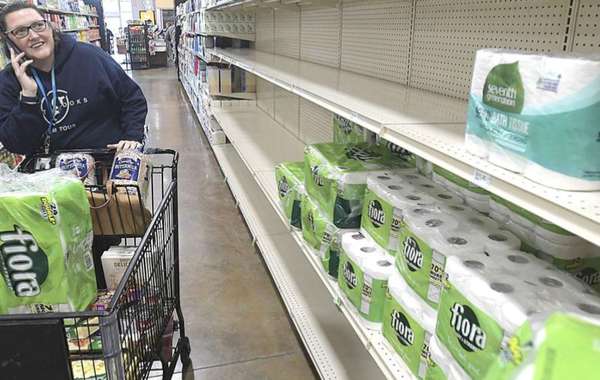

Comments (0)
Sign Up to Comment